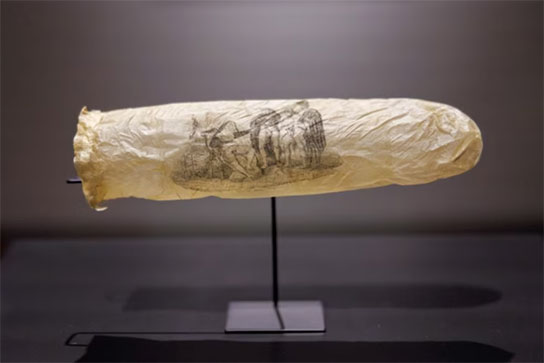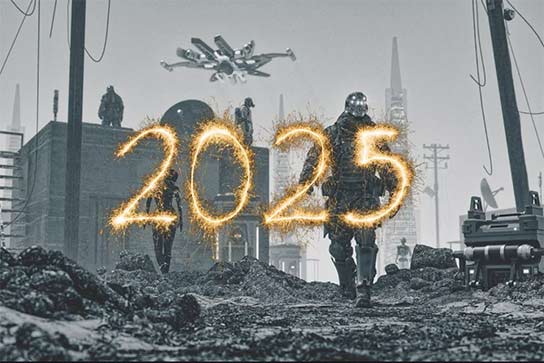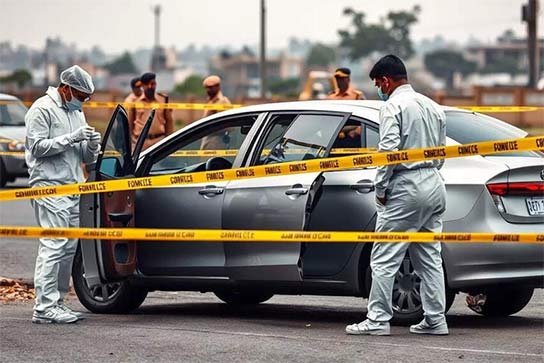Beant Singh Sandhanwalia staked a claim a few months ago to the Swiss Bank valuables and the Kohinoor diamond by citing a tenuous connection to Maharaja Duleep Singh as a descendent of the Maharaja's cousin.
A few weeks ago a new claimant to the Kohinoor diamond emerged from United Kingdom. Dr. William D. Forbes, a retired Scottish surgeon, who migrated to Canada 40 years ago, claims he is the great-grand son of Maharaja Duleep Singh. According to information, extensive research had led Dr. Forbes to conclude that his grandfather was a product of a secret, extramarital liaison between the Maharaja and his great-grandmother Jane, a blacksmith's daughter. Dr. Forbes claims that both his grandfather and father were very "Indian looking." The doctor is ready to take a DNA test to prove his identity.
The story connected with the Kohinoor diamond and Queen Victoria is now 150 years old. It was on June 29, 1850, the British warship HMS Media docked in an English port carrying a very special object from India, the Kohinoor diamond.
The actual owner of this priceless diamond, now in the hands of the British Crown was Shah Shuja, who ruled Kabul over 200 years ago. At this time there was Maharaja Ranjit Singh, who was recognised by the British government under a treaty as the Maharaja of the state of Lahore. The treaty showed the political foresight and wisdom of the Maharaja. He secured the good-will of the British power and also got a free hand in extending his empire and establishing the greater Punjab.
Maharaja Ranjit Singh was extremely fond of jewellery. He had heard that the famous "Kohinoor" which means "mountain of light" was in the possession of Shah Shuja. He desired to acquire it at any price. Fortunately, an event took place which provided him an opportunity to get the Kohinoor diamond.
In a family struggle for power, Shah Shuja was dethroned and expelled by his own brother. He sought refuge in Kashmir, but as soon as he went there, he was imprisoned by its ruler. Fearing further trouble, Shah Shuja's wife and other members of the family sought protection of Maharaja Ranjit Singh, which was readily granted. As a result Wafa Begum-Shah, Shuja's wife - travelled to the Punjab and took her residence in Lahore. She also wanted her husband to be freed from Kashmir prison. She therefore invited Maharaja Ranjit Singh to her house for consultation. During the conversation, she requested the Maharaja to attack Kashmir and liberate her husband. "I want to be united with my husband as early as possible. If your Excellency liberate my husband and bring him safely to Lahore, I shall give your Excellency the "Kohinoor diamond" as compensation for the job," she had told.
Maharaja Ranjit Singh accepted her offer and sent his troops to Kashmir. Shah Shuja was freed by the Maharaja's commander and brought to Lahore with pomp and dignity.
The Maharaja sent a message to Shah Shuja's wife to honour her promise, but, she however, was not prepared to part with the Kohinoor diamond. He realised that the lady wanted to fool him and took a tough line of action. He immediately placed Shuja's family under house arrest. Knowing the danger to come Shah Shuja told his wife, Wafa Begum, that the Maharaja meant business and succeeded in persuading her to honour her word.
Consequently a message was sent to the Maharaja fixing the date and time for the delivery of the diamond at Shah Shuja's residence. On the agreed day, The Maharaja went to Shah Shuja's house with a few of his courtiers and officials.
 A servant brought a small bundle of cloth and handed it to the Maharaja. As soon as the Maharaja opened the bundle, the room appeared to be full of light. Even so, the Maharaja looked at the diamond and then told his minister Bhavani Das, who had seen the diamond before - to examine it and tell him whether it is the genuine Kohinoor. When the minister said it was the same Kohinoor he had seen before, the Maharaja wrapped it in the same cloth and put it in his pocket. He was much pleased with the acquisition of Kohinoor. It had cost him a war with Kashmir. He was glad his firmness had succeeded, because he could never have liked his being cheated out of a good bargain.
A servant brought a small bundle of cloth and handed it to the Maharaja. As soon as the Maharaja opened the bundle, the room appeared to be full of light. Even so, the Maharaja looked at the diamond and then told his minister Bhavani Das, who had seen the diamond before - to examine it and tell him whether it is the genuine Kohinoor. When the minister said it was the same Kohinoor he had seen before, the Maharaja wrapped it in the same cloth and put it in his pocket. He was much pleased with the acquisition of Kohinoor. It had cost him a war with Kashmir. He was glad his firmness had succeeded, because he could never have liked his being cheated out of a good bargain.
The Maharaja was very proud of the possession of the Kohinoor diamond as well as the historical cannon called Zam-Zam, which he had acquired capture of Amritsar. It was known to be the biggest and most powerful cannon in Punjab. He used Zam-Zam in his attacks on many forts and kingdoms to extend his dominations right up to the high peaks of the Himalayan mountains.
With the treaty made between the British power and Maharaja Ranjit Singh developed very close connections with British supremos in India like Lord William Bentick, the Governor General and several other British provincial rulers. When they visited the Maharaja, he even exhibited his collection of royal jewels including the Kohinoor diamond.
Early in June 1839, Maharaja fell seriously ill and suffered a stroke of paralysis. In spite of the prayers of priests and religious leaders of different communities, his health continued to deteriorate. He ordered a large quantity of food, grains, cash and jewels and brought to his presence, directed that all the things be given away in charity. Next day, he called his courtiers and distributed among them his favourite weapons -swords, pistols and spears. He also expressed a desire to give away in charity his most precious diamond, the Kohinoor, but he was dissuaded from doing so.
The Maharaja nominated Prince Kharag Singh inbidicle son as his successor. After the brief ceremony of succession, the Maharaja fell into a coma. The end came on June 27, 1839.









